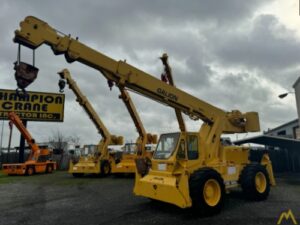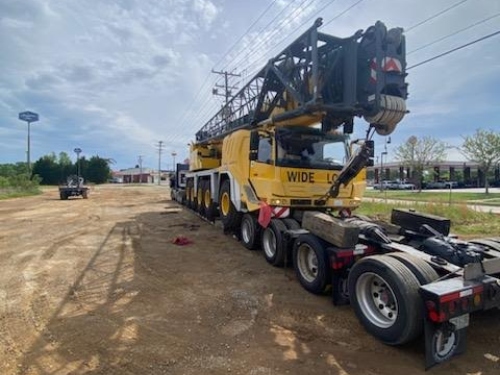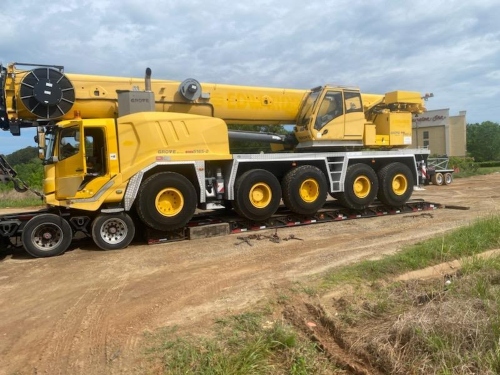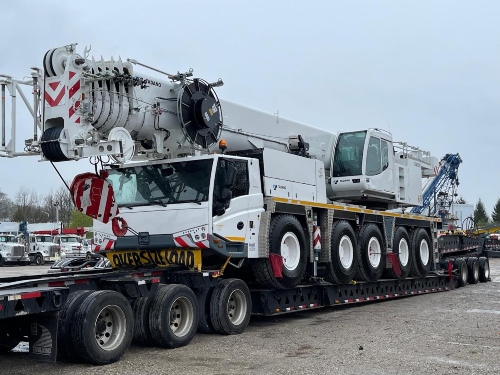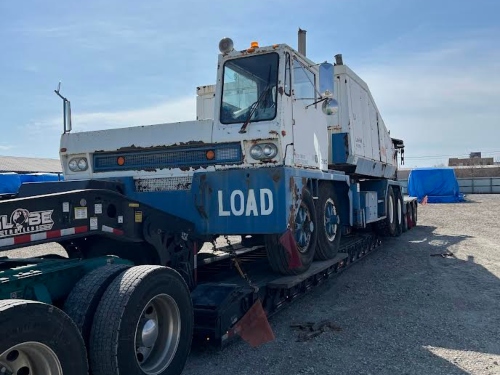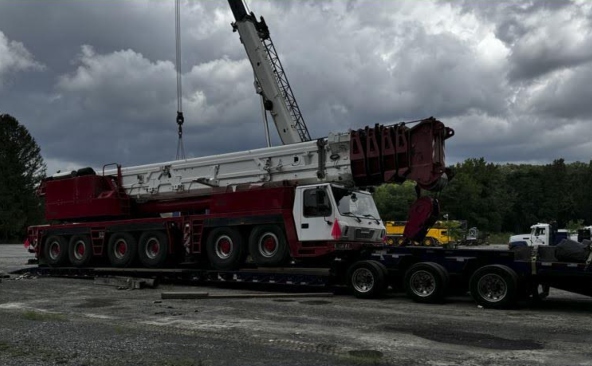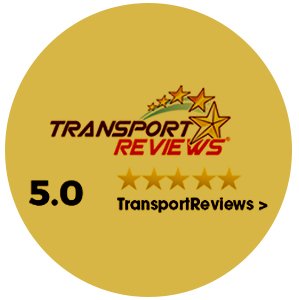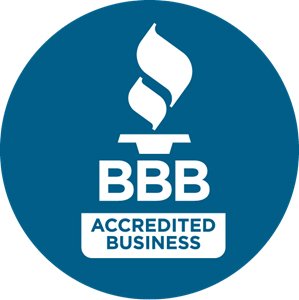What are the usual legal limits?
Most states run 13′6″ height and 8′6″ width before you’re oversize (some vary). Axle weights drive the plan; we design a footprint that stays legal.
Do you work ports and international lanes?
Yes. We handle drayage, RO/RO where available, and export paperwork for overseas legs; domestic legs tie into those schedules.
How is pricing built?
Distance, size/weight, trailer type, permits/escorts, access at both sites, and timeline. We quote the whole move carrier, parts trucks, and support.
Do you deck the crane or tow it?
Depends on height, axle weights, and route. If it fits, we deck the carrier on an RGN/beam/modular. If road rules allow, an all-terrain unit can tow with a boom dolly.
What details do you need for a quote?
Make/model, L×W×H, weight, axle count/spacing, attachments (jib, luffer, counterweights), pickup/delivery ZIPs, site limits (soft ground, low wires, tight turns), ready dates, and photos.
What trailers are used for cranes?
RGN lowboy, drop-side rail well, beam deck/perimeter, hydraulic modular (Goldhofer/Scheuerle), dual-lane, step-deck/flatbed for parts, and boom dollies for tow-away moves.
Can you move a non-running crane?
Yes. Winch/ground-load RGN, beam deck with assist, or site crane help. We’ll ask about brakes and steering before dispatch.
Will the boom or counterweights ride separately?
Often yes. We strip height and weight where it helps: counterweights, jib, blocks/ball, and mats typically go on flats or step-decks.
Is the load insured?
Carrier cargo and liability coverage apply. We’ll issue a COI naming the parties on request and photo the machine at pickup and drop.
What about electric or hybrid cranes?
We protect battery housings, kill power per OEM instructions, and note MSDS or hazmat labels if required.
